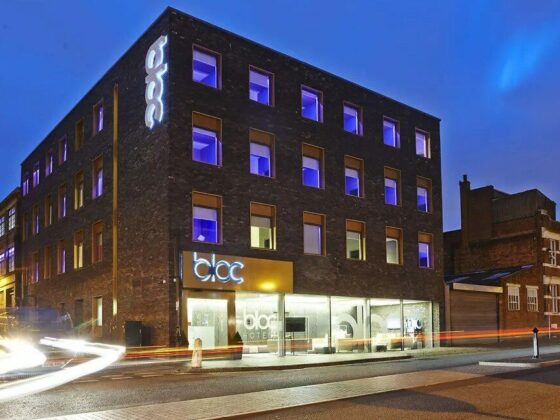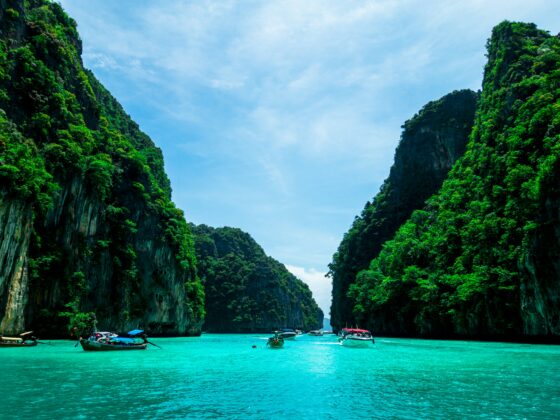
Four complementary dynamics
The global development map highlights two parallel trends. On the one hand, several European and Asian markets are concentrating the bulk of new-build projects. In these areas, the opening of new properties follows clearly defined timelines and reflects a structured development strategy, often driven by rapidly expanding tourist destinations or ambitious urban planning programs.
Conversely, other regions, like North America, are focusing more on transforming existing assets. Renovation and repositioning are emerging as key strategic levers, both to meet sustainability imperatives, reducing the carbon footprint by enhancing existing buildings, and to address the scarcity of available land in hotel markets that are already highly developed.
This “modernize rather than build” approach also reflects a certain sector maturity: growth is no longer achieved solely through expansion but increasingly through the targeted requalification of existing assets.
Clearly identifiable hotspots
In Europe, development activity is particularly strong in Paris and its surrounding region, where a combination of global tourism appeal, major international events, and proactive urban policies continues to fuel a steady flow of hotel openings and project deliveries. This is reinforced by the robustness of the domestic market and a high absorption capacity, which together make the region a strategic anchor point for many hospitality players.
The Benelux–Rhine corridor, stretching from Brussels to Cologne and Düsseldorf, illustrates a different logic: the densification of one of Central Europe’s major economic and logistical axes. Thanks to its exceptional connectivity and the presence of a diversified year-round business clientele, this area attracts structured projects, often led by international brands seeking to strengthen their footprint in high-value markets.
Across the Atlantic, the major metropolitan areas of the East Coast and the Sun Belt confirm their role as key drivers of the North American hotel market. The East Coast benefits from dense urban fabric, strong international business travel, and a concentration of major economic institutions, making it a prime location for high-end renovations and strategic reopenings. The Sun Belt, meanwhile, is fueled by robust demographic and economic growth, more attractive construction costs, and sustained tourism demand, all of which are supporting a steady wave of new developments.
In Asia, the focus of development in East and Southeast Asian hubs is part of a medium- to long-term strategy. These markets combine a surge in intra-regional tourism, targeted government policies to encourage investment, and the ambition of major hotel brands to anchor themselves in emerging destinations with strong potential. This strategy responds both to growing local demand and to the international industry’s determination to establish a lasting presence in rapidly evolving markets.
A multi-speed global geography
While Europe stands out as the immediate engine of growth, supported by the delivery of a substantial pipeline and advanced projects, North America is characterized by an active phase of asset requalification. At the same time, Asia is laying the groundwork for its future expansion through new signings and well-defined development plans.
Other regions, though less active in volume, are showing localized signals that could, over time, evolve into new targeted growth zones.







